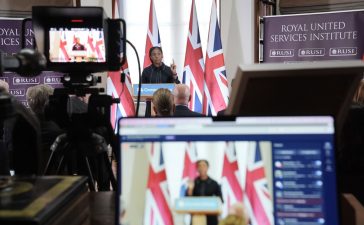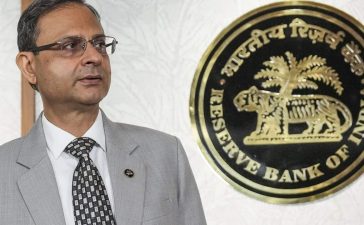
But policy economics does better. It recognises several situations when this is not true. Asset specificity – which happens when those in some jobs acquire skills and competencies that others may not have – is one. This is why the armed forces, judiciary and civil service are often closed shops.
Equally, a closed shop may hire externally to acquire asset specificities that those working within the closed shop may not have. It is for this reason that scientists, economists and lawyers are recruited laterally to mid-level and senior government positions. When the diplomatic service requires political skills or military expertise, external candidates possessing these skills are hired as diplomats.
Both types of asset specificities improve the efficiency of government and provide better value for money, compared to a pure closed shop. In countries like Britain, and in the World Bank and IMF, this has resulted in a compromise – a closed shop with an internal market for most professional jobs, with the principle of seniority axed in favour of competitive internal recruitment.
Arguments in favour of ‘lateral entry’ into India’s largely closed-shop civil service draw on the expertise-enhancement argument. When I was a member of the 7th Pay Commission, lots of private sector chaps would write to me (presumably because I was a lateral entrant), advocating lateral entry on these grounds.
The recent backlash against the very limited lateral entry proposed by GoI – and the pointed references to the ‘lateral’ entry of Sebi chairperson Madhabi Puri Buch – signal discomfort with lateral entry arguments. The second discomfort can be understood easily: Puri Buch did not disclose her relationship with parties that her organisation regulated and, further, allegedly profited from relationships with some of these organisations. No IAS officer worth her or his salt would commit such an egregiously transparent error. And she, therefore, defaulted on an IAS closed-shop rule: do not get found out for thy transgressions.The first backlash is more interesting. It is alleged that lateral entry is being used to bypass caste reservations in public service. Prima facie, this is a powerful argument. However, it remains purely procedural because the outcomes of caste-based reservations have had the least impact at joint secretary level and above, where the lateral entry is being effected.To see this, look at the composition of the senior civil service. 95% of secretaries and additional secretaries to GoI are upper caste. The Cabinet secretary, principal secretary to PM, CJI, army chief, navy chief and foreign secretary are all brahmin. Despite reservations for entry into the civil service, this is likely to continue in the foreseeable future. The media, entertainment industry and entrepreneurs are all as overwhelmingly upper caste as the public service.
So, despite extensive educational and lower-level reservations, affirmative action has made no difference to the caste composition of the higher echelons of Indian society. Caste has very definitely not been annihilated in the Ambedkar sense by following the principle of affirmative action.
In political economy terms, this reveals clearly that social barriers dominate attempts to remedy caste discrimination through affirmative action. At the crudest level, this operates through heredity and nepotism. India’s nepotism story, whether in politics, the private sector or the entertainment industry, is marked by ubiquitous hereditary succession. It then follows that upper-caste dominance would continue in these professions. But the upper-caste bias in senior civil service appointments indicates that this is merely a reinforcing factor, not the dominant cause.
We, therefore, don’t need a caste census to be told that upper-caste nepotism is rife across all high-status, high-reward activities in India. Just as we do not need a census to be told that patriarchy and discrimination against women continue to be a major reason why women (even upper-caste women) are a significant minority in the upper echelons of Indian professionals and businessmen.
If this is correct, then what are all the politicians on about? And why is the Opposition accusing the government of caste discrimination, and the government withdrawing the lateral-entry job openings citing ‘social justice’?
Very simply, the forces that determine social balance of power are not conducive to workaday political power being exercised to annihilate caste. There is no market for such annihilation. But there is a market for an escape valve – a rationed share of entry-level jobs that provide security and a reliable existence (but demonstrably, not diffused upward mobility) to those fortunate enough to secure them.
There was a real danger that the lateral entry fracas would make this dirty secret an issue for public debate and protest. But just as with violence against women, the establishment quickly worked to both present the issue as a caricature and then to defuse it by annihilating the caricature, not its underlying causes.









